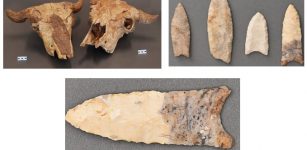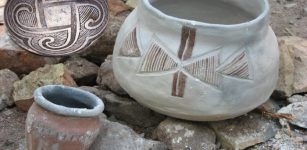Petroglyphs At The Winnemucca Lake: North America’s Oldest Known
MessageToEagle.com – North America’s petroglyphs at the Winnemucca Lake are the oldest known.
Cut into several boulders in western Nevada, these petroglyphs date to at least 10,500 years ago and perhaps even as far back as 14,800 years ago, according to researchers.
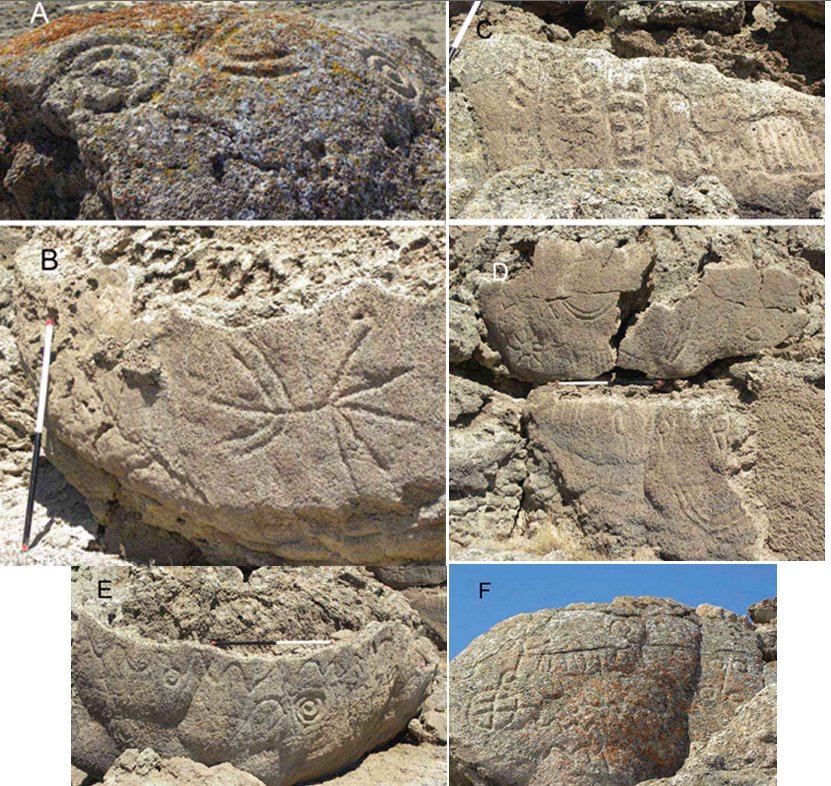
University of Colorado Boulder researcher Larry Benson, who led the investigation, said that the petroglyphs that have been known for decades, are located at the Winnemucca Lake petroglyph site 35 miles northeast of Reno. Deeply carved, large grooves and dots form complex designs on several large limestone boulders .
These designs include a series of vertical, chain-like symbols and a number of smaller pits deeply incised with a type of hard rock scraper; researchers have not found any depictions of animals, people or handprint symbols on the boulders.
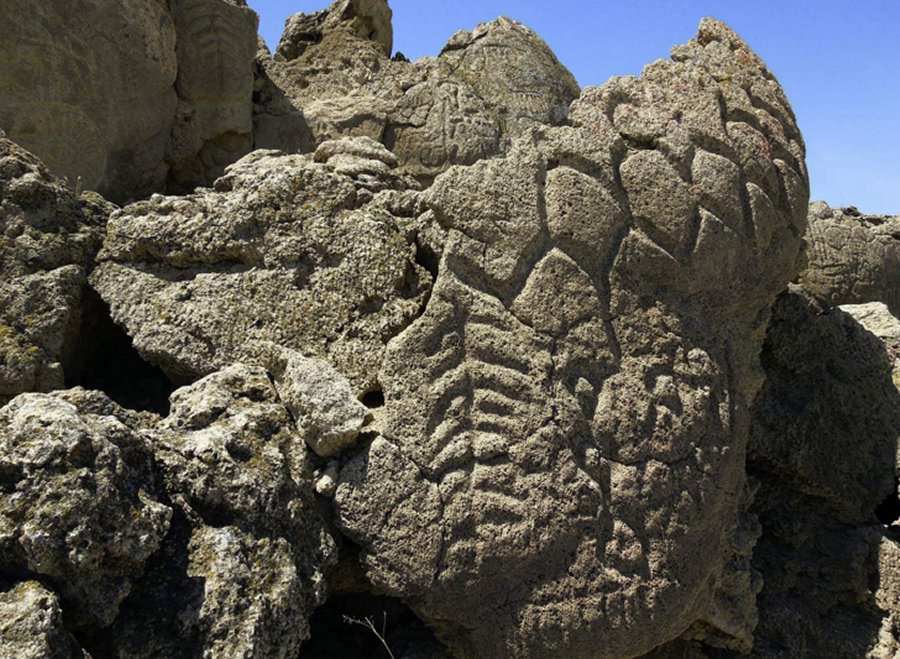
Benson and his team used several methods to date the petroglyphs, including determining when the water level the Winnemucca Lake subbasin-which back then was a single body of water connecting the now-dry Winnemucca Lake and the existing Pyramid Lake-reached the specific elevation of 3,960 feet.
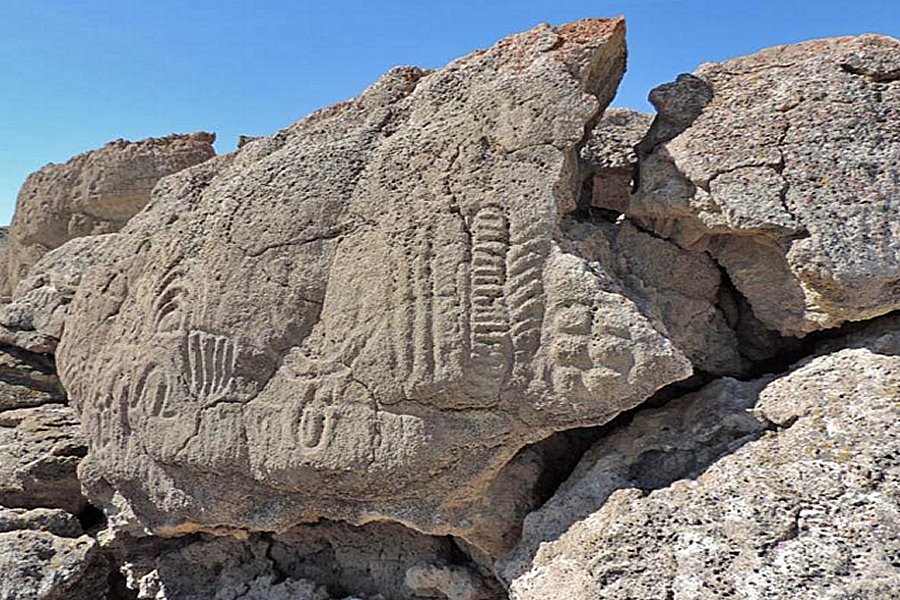
The elevation was key to the study because it marked the maximum height the ancient lake system could have reached before it began spilling excess water over Emerson Pass to the north.
When the lake level was at this height, the petroglyph-peppered boulders were submerged and therefore not accessible for carving, said Benson, an adjunct curator of anthropology at the University of Colorado Museum of Natural History.
According to Benson, a white layer of carbonate made of limestone precipitated from the ancient, overflowing Winnemucca Lake had coated some of the petroglyph carvings near the base of the boulders. Previous work by Benson showed the carbonate coating elsewhere in the basin at that elevation had a radiocarbon date of roughly 11,000 years ago.
Benson doe not rule out the possibility that the petroglyphs were carved as early as 14,800 years ago.
“Prior to our study, archaeologists had suggested these petroglyphs were extremely old,” said Benson, also an emeritus USGS scientist.”Whether they turn out to be as old as 14,800 years ago or as recent as 10,500 years ago, they are still the oldest petroglyphs that have been dated in North America.”
The oldest dates calculated for the Winnemucca Lake petroglyph site correspond with the time frame linked to several pieces of fossilized human excrement found in a cave in Oregon, according to Benson.
Petroglyphs near Long Lake in central Oregon, which were previously thought to be the oldest examples of rock art in North America-share similar features with some of the rock art the Winnemucca site, said Benson. At least one of the petroglyph panels from Long Lake was buried by ash from an eruption of the nearby Mount Mazama volcano roughly 6,700 years ago, proof that it was carved sometime before the eruption.
“We have no idea what they mean,” Benson said of the Winnemucca Lake petroglyphs. “But I think they are absolutely beautiful symbols. Some look like multiple connected sets of diamonds, and some look like trees, or veins in a leaf. There are few petroglyphs in the American Southwest that are as deeply carved as these, and few that have the same sense of size.”
MessageToEagle.com
Expand for referencesReferences:








